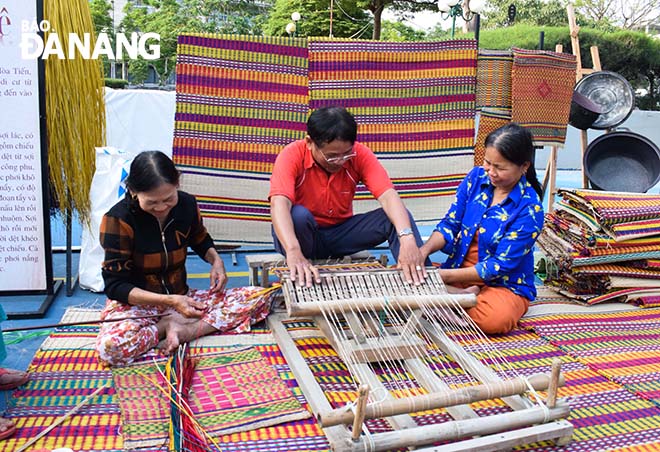 |
| The Cam Ne mat weaving craft village is being lost due to urbanization. In the photo: Cam Ne mat weaving is on display at the exhibition Da Nang past and present. Photo: DOAN HAO LUONG |
Impact of urbanization
With a history of being a land of Vietnamese - Cham cultural exchange, Da Nang possesses many layers of diverse folk culture sediments, from folk beliefs, village festivals, traditional crafts, Tuong art, Bai Choi, Quang folk songs, to wedding customs, Tet, death anniversaries and even forms of cuisine , folk games... However, in recent decades, especially since becoming a type 1 urban area and a city directly under the Central Government (1997), Da Nang has had strong changes in population structure, cultural space, lifestyle and taste. This has led to changes in types of folk culture.
Regarding folk cuisine, some typical dishes such as banh xeo, mi Quang, rice paper rolls with pork... exist and develop in the trend of commercialization to serve the needs of the people, especially domestic and foreign tourists. Art forms such as tuong, bai choi, and folk songs are having difficulty finding new audiences in urban spaces, as young people are gradually moving away from traditional artistic values. Currently, the city only has one place to organize folk games of singing and chanting bai choi in the park on the east bank of the Dragon Bridge every Saturday night.
Mr. Nguyen Nho Khiem, Chairman of the Association of Literature and Arts of Da Nang City, said that folk culture is the crystallization of the intelligence, soul, aesthetics and beliefs of the community of residents through many generations. It is a cultural space containing a system of indigenous knowledge, traditions of behavior with nature and society, a system of ethical values, customs, beliefs, rituals, languages, oral arts, music , dance, folk games, folk architecture, costumes, cuisine, traditional crafts... All create a vibrant culture, rich in identity and closely connected with community life.
However, in the context of globalization and urbanization taking place strongly as today, folk culture, especially in young cities like Da Nang, is facing many challenges such as: profound changes in lifestyle and value system; the invasion of modern cultural trends, especially among young people; commercialization and dramatization of folk cultural forms... Meanwhile, the preservation of folk culture has made many efforts and achieved clear results but is still not commensurate. Therefore, researching, identifying, correctly assessing the current situation and proposing feasible solutions to preserve and promote folk cultural values in urban life is an urgent requirement.
Nurturing and renewing folk cultural values
Folk culture is not only a “treasure of the past” but also the foundation for contemporary creativity and sustainable development. In the bustling flow of urbanization, without proper care and protection, these precious values will gradually be forgotten. However, if we know how to evoke, nurture and renew, we will continue to spread and contribute to creating a modern Da Nang city that is still imbued with its identity.
To preserve and promote the value of folk culture in the current urban life of Da Nang, in the immediate future, the city needs to build a database on folk cultural heritage, especially the need to have projects to collect, digitize and research the system of folk cultural forms that still exist in districts and counties to serve as a foundation for conservation policies. At the same time, it is necessary to flexibly incorporate folk cultural values into general and university education programs, through integrated subjects, extracurricular activities, and creative experiences; at the same time, re-establish spaces such as communal houses, water wharves, rural markets, ancient houses, etc. in new urban areas to connect the community and recreate folk culture in an urbanized environment.
Ms. Nguyen Thi Kim Bai, Faculty of Social Sciences and Humanities, Duy Tan University, said that in the process of teaching two basic subjects of Vietnamese culture and Han Nom in tourism for students majoring in tourism culture, travel tourism, Chinese tourism, English translation and interpretation, multimedia communication, the school applied a number of new teaching models to help students change their perception of national culture, especially Da Nang folk culture. "When teaching issues related to festivals, beliefs, vocal arts, traditional houses, we integrate the introduction of Da Nang culture such as the fishing festival, the worship of gods in Da Nang people's homes, the art of singing Bai Choi, ancient houses...
Integrating knowledge from the city where students live and study not only arouses students' interest in real-life experiences but also inspires their sense of responsibility for the values of folk culture," said Master Nguyen Thi Kim Bai. Researcher Bui Van Tieng, former Chairman of the City's Union of Literature and Arts Associations, said that the most basic solution is to invest in improving the quality of folk culture teaching hours in literature subjects in high schools, as well as popularizing it throughout the city after Da Nang merged with Quang Nam province by bringing tuong and bai choi into schools, not piloting them in high schools in a few districts as is currently the case.
In addition to encouraging artisans and the community to actively participate in the preservation process, the city needs to link folk culture with tourism and contemporary art creation, focusing on exploiting folk cultural values as a resource for the cultural industry and cultural tourism, while ensuring originality and avoiding losing the soul of the heritage. This is not only a responsibility to the past, but also an investment in the future sustainable development of Da Nang city.
DOAN HAO LUONG
Source: https://baodanang.vn/xa-hoi/202505/bao-ton-phat-huy-gia-tri-van-hoa-dan-gian-trong-doi-song-do-thi-4007851/










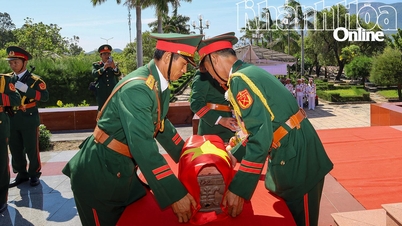
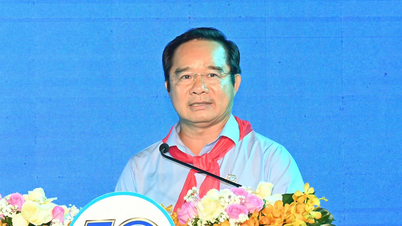

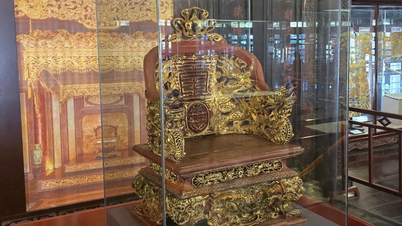
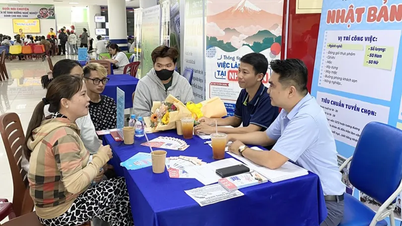







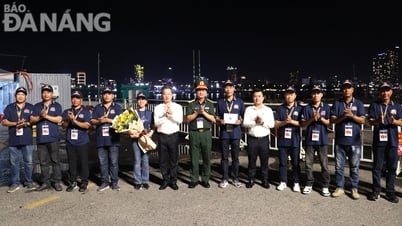
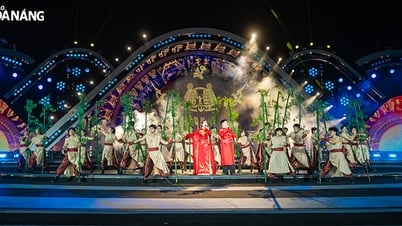
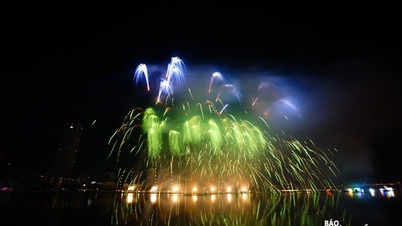
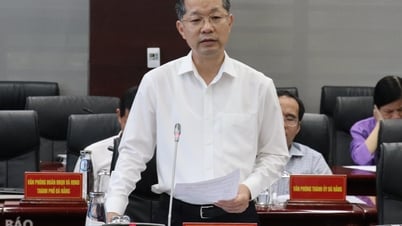
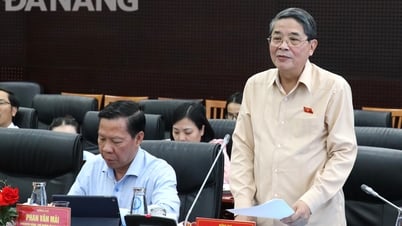
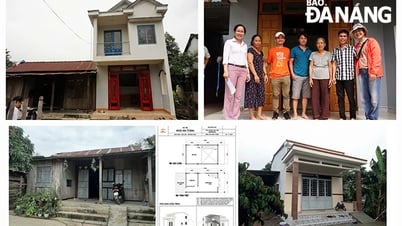




































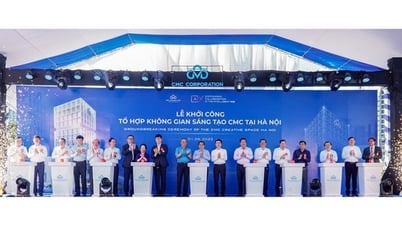

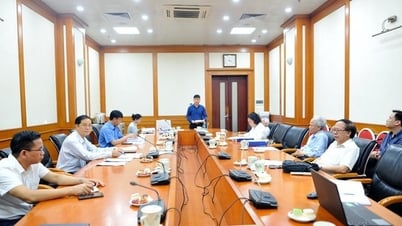







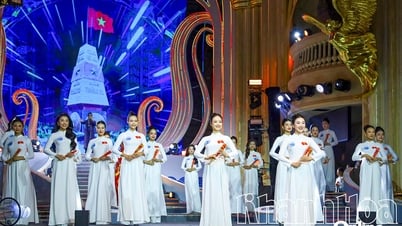
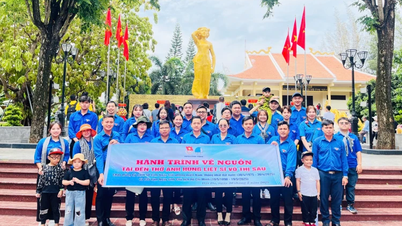

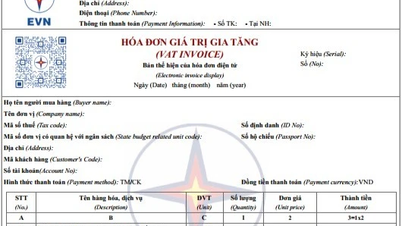












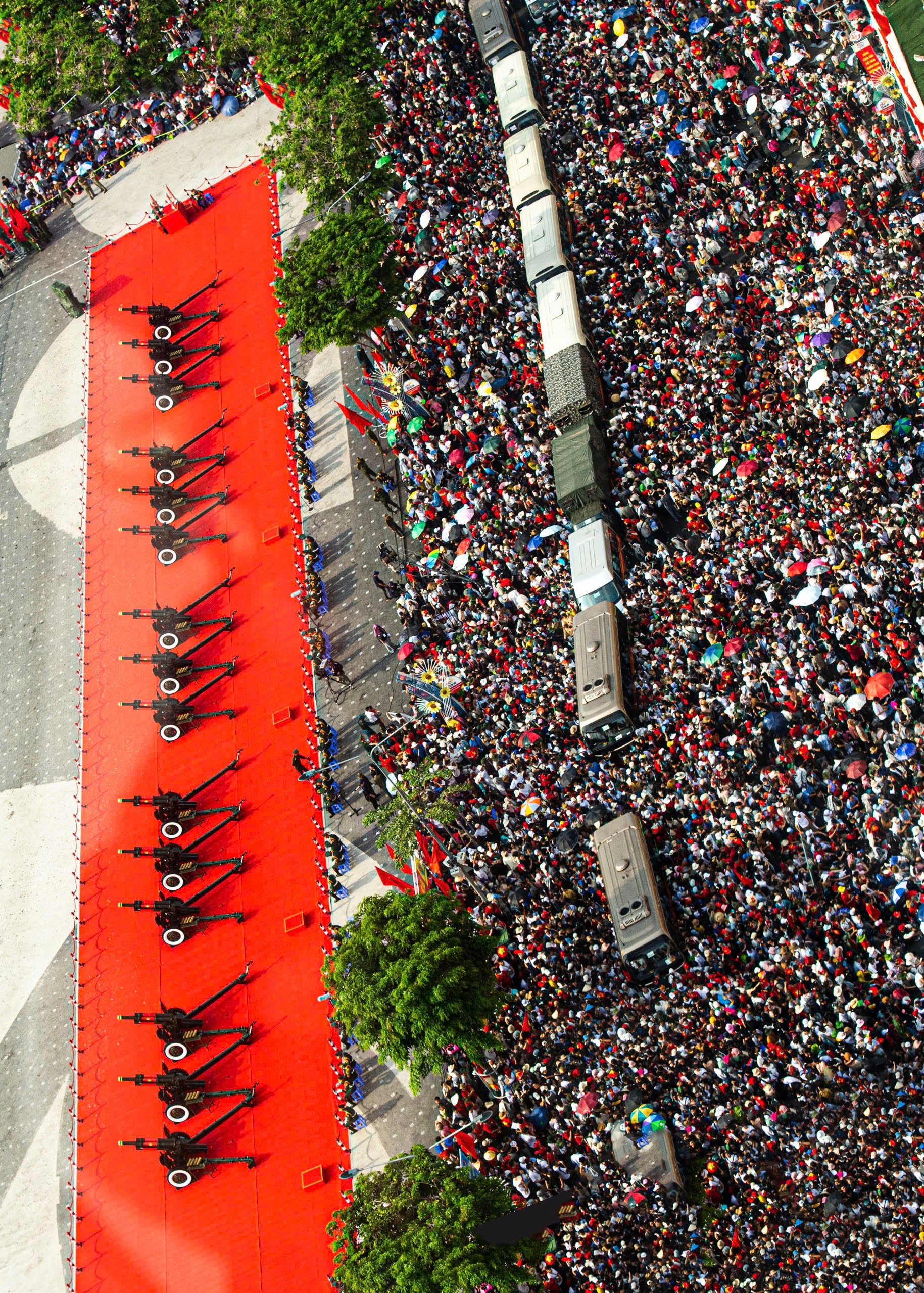



Comment (0)